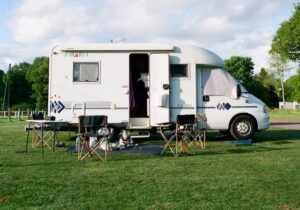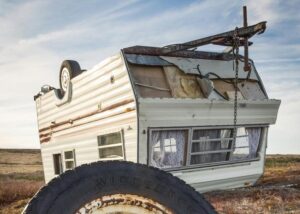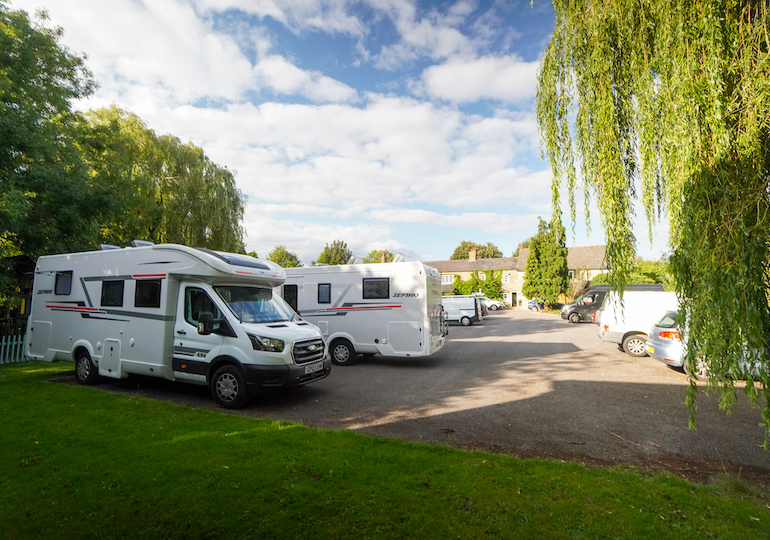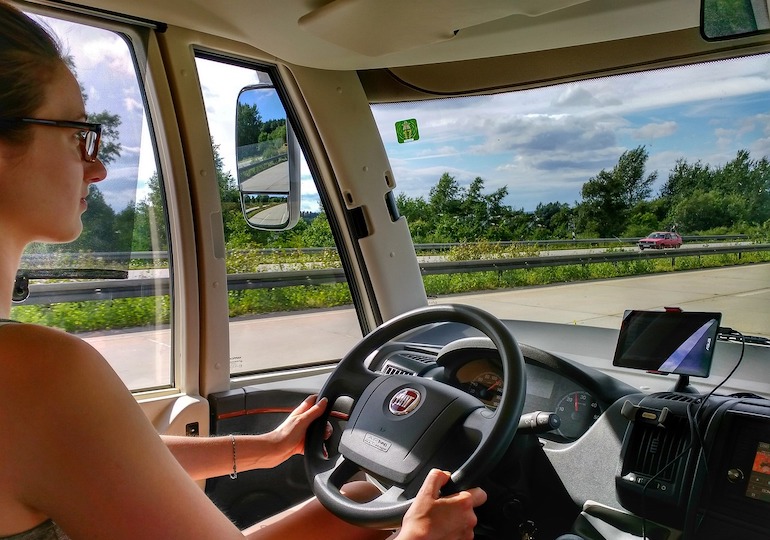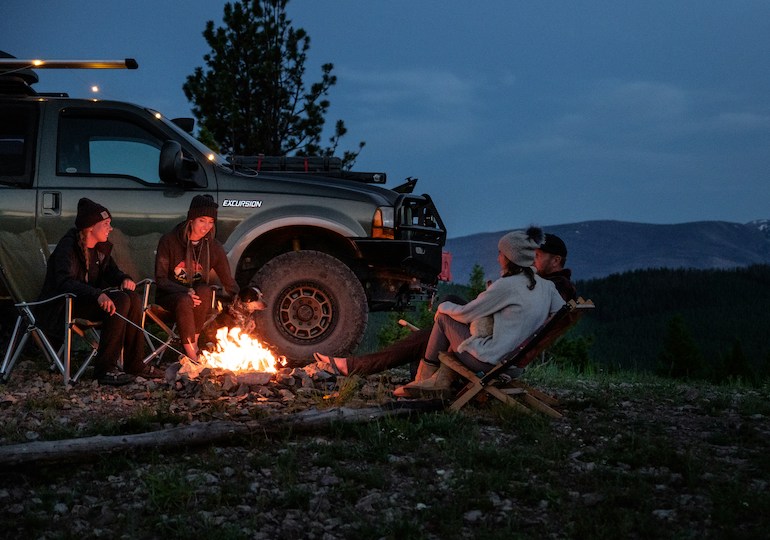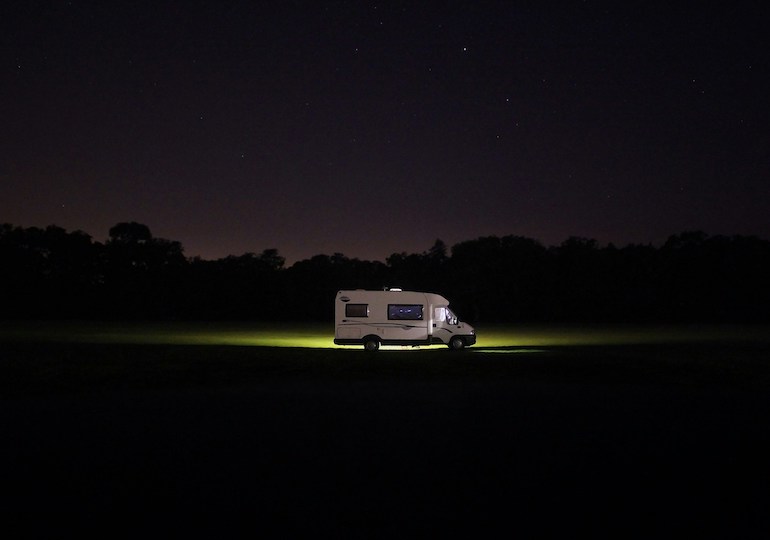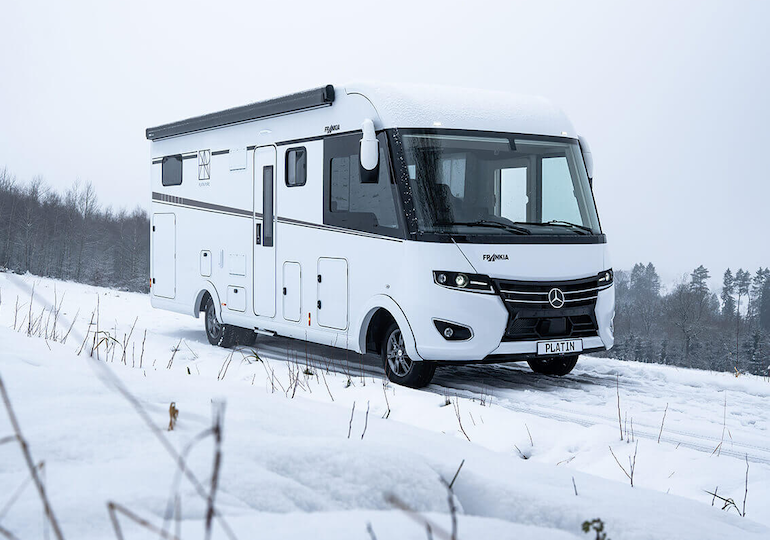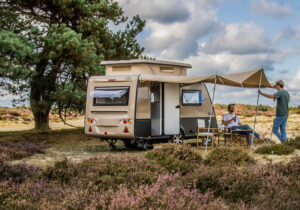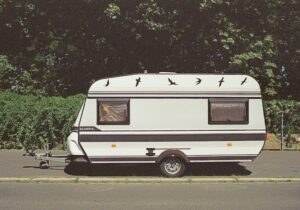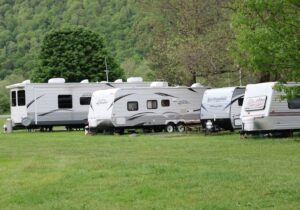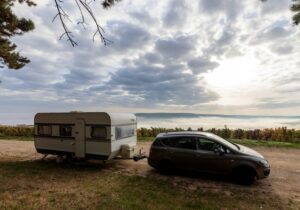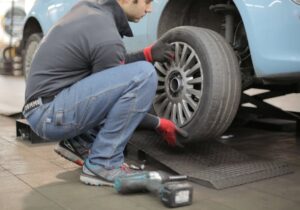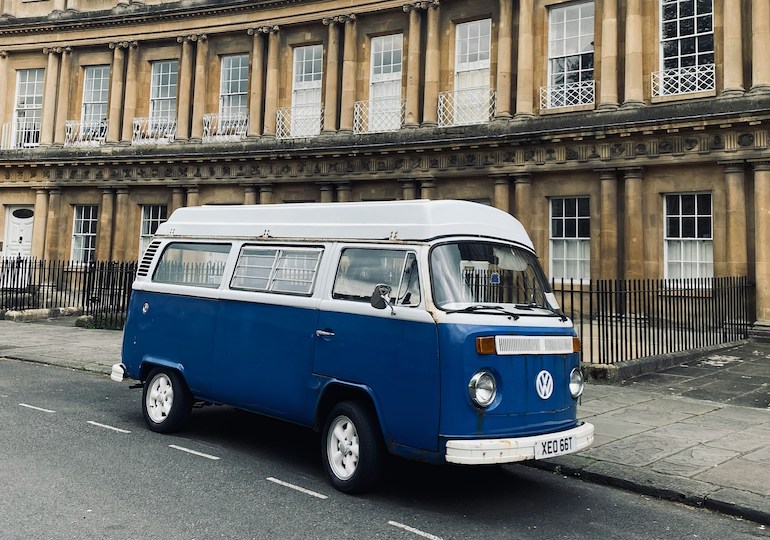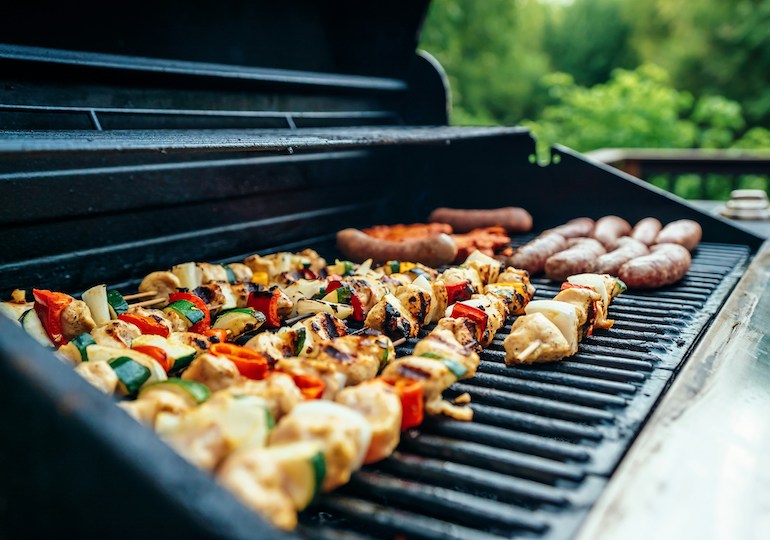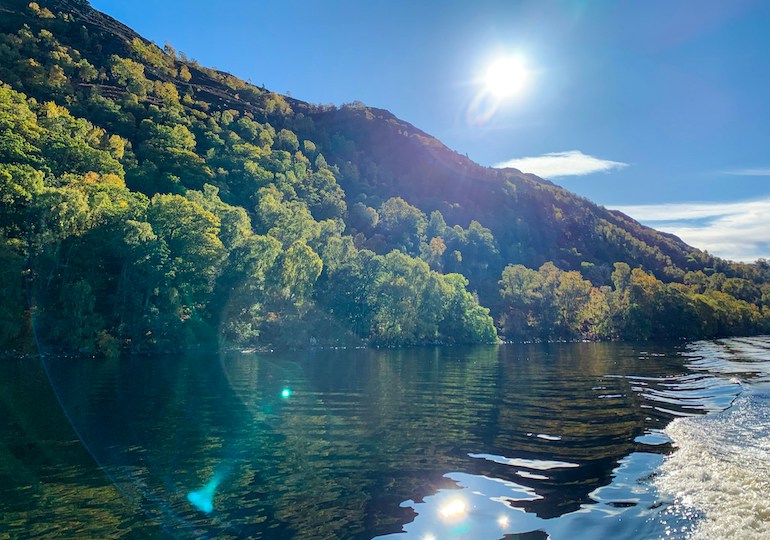Dan Cartwright has over 12 years of experience in the caravan and motorhome industry. He is a judge for a number of prestigious leisure vehicle awards and regularly heads off in his motorhome with his family. Every week, Dan shares his insights with the community. Here’s what he has to say this week.
We recently had the privilege to visit the Truma UK headquarters as they were fitting a diesel heating and hot water system – the Truma Combi – to a customer’s self-converted van. This seems like a good opportunity to talk through the considerations of installing such a system.
This is potentially of interest to people who are looking to convert their own motorhome, perhaps to live in or maybe to use as a leisure vehicle. It may be that they’ve got specific requirements for using the van to facilitate trips to enjoy a sport, such as layouts, storage or transport capabilities.
There’s also a huge trend for retro-modelling vintage caravans at present, leading to really cool, old looking but fully functioning modern classics. One of my fellow judges of the Motorhome and Campervan Design Awards, Cameron Burns actually restores old caravans in this way.
The need for heating and hot water
The visit was really interesting, because most people are going to want heating and hot water. If you believe Instagram, people have open fires and woodburning stoves, but here at CaravanTimes, we would never recommend these features in a leisure vehicle.
Quite often caravan heating systems don’t deal with hot water, which can be seen as a luxury, but it depends on what you want to do with your van. If you want to use it for a sporting activity and you’re not staying on campsites, being able to shower would be classed as a necessity.
Lots of different systems
Truma sells lots of different systems that are specifically designed for leisure vehicles, so they can work on 12 volts. The main ones are a gas combi, which can run on gas, electric or both, has blown air central heating that gets ducted around your van and heats a hot water reservoir at the same time; and a diesel combi, which has similar capabilities. The only difference is the heat source.
Choices
The question mark is over which one of these options to go for. Before you start to look at installation, you need to make a decision and I’ve always been slightly perplexed with this. If you’re installing it in a motorhome, then you’ll already have a diesel tank and this type of fuel is readily available all over the world.
So, you could say if you have a motorhome use diesel and for a caravan, use gas, but actually, the thing to consider is your other appliances. If your vehicle already has gas, use the gas combi and if it doesn’t then think about whether you want other gas appliances like a fridge or cooker.
For those who intend to use items such as an absorption fridge or induction heating, then a diesel system will be easier. The heating power of both units is identical, so it’s all about source and availability and not as complicated as I’d always imagined.
Heating accessories
The next consideration is all the other things that go around the heating system to make it work. As well as the large boiler unit, you also need all the pipes, a pump and ducts to deliver heat around the leisure vehicle. One outlet will not make you warm everywhere; four to six are recommended.
Other necessary accessories include:
- A temperature sensor to cut in or out when it’s reached the desired level.
- A control box to switch it on and off, as well as setting timers.
- Safety features like frost protection dump valves that will eject the water when it gets below four degrees to prevent it from freezing in the pipes or boiler.
- A hole in the side of the van to release the gases from the combustion system.
Location
Truma recommends thinking very carefully about where to position the boiler and making the decision before considering big items like a bed, sofa or kitchen. This is due to the necessity to run fuel sources and water to and away from the system. Making it as centrally located as possible is ideal, particularly if you want water at both ends of your leisure vehicle.
Photo credit: Unsplash/Jakayla Toney


